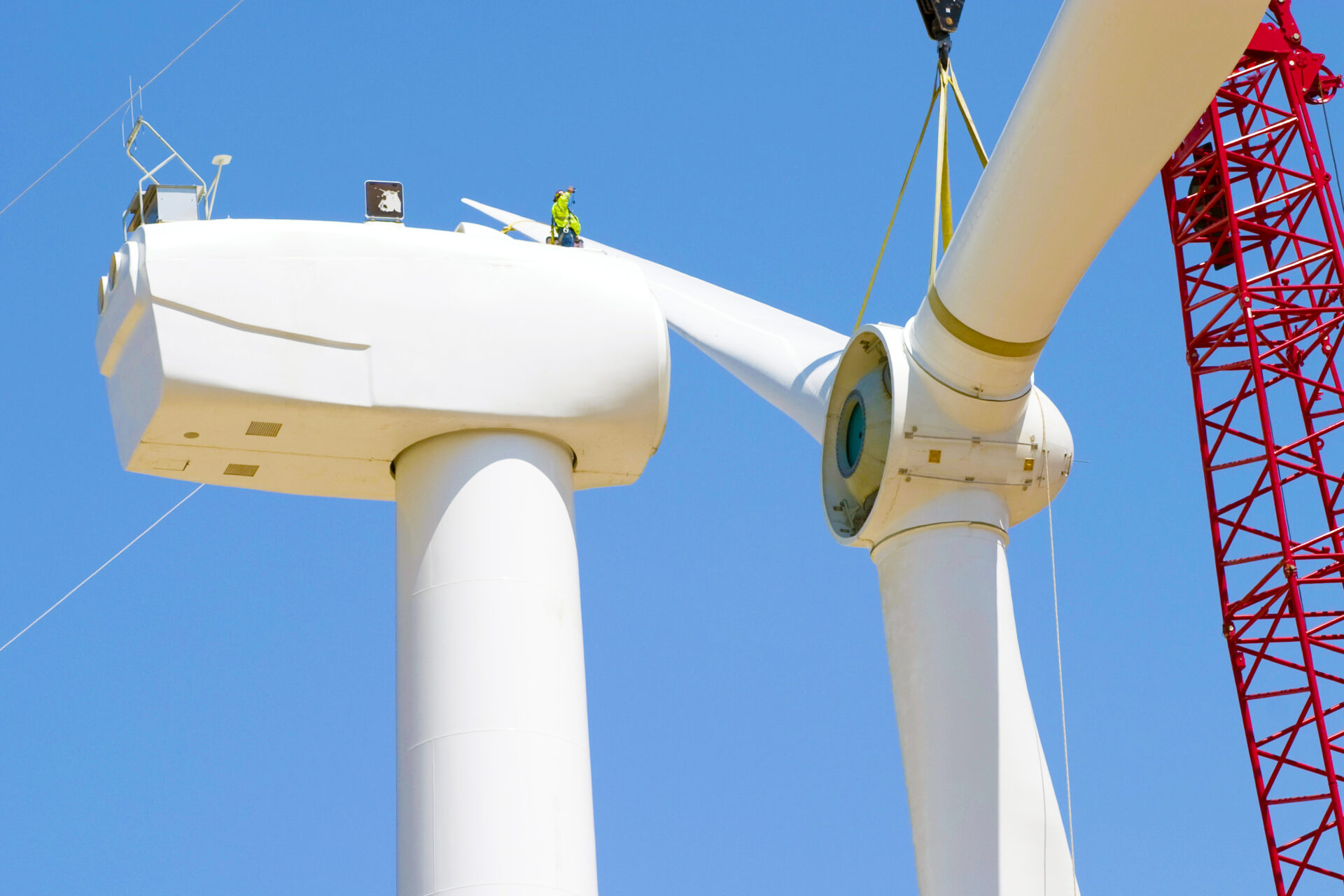Australia's Welding Industry Is in Trouble

The Australian welding industry is at a critical juncture, as revealed by Weld Australia's 2024 Member Survey. The report paints a stark picture of an industry struggling to stay afloat amid severe work shortages and skyrocketing costs, with many businesses teetering on the edge of viability.
According to the survey, a staggering 75% of welding workshops are operating at 80% capacity or below, with 7 in 10 members indicating they have room for additional work. This alarming shortfall is largely attributed to a lack of steady projects, with 75% of respondents indicating it as their primary concern. The survey further reveals that the sector is being squeezed by rising costs, with 64% of business owners highlighting the escalating price of energy, and 61% pointing to the surging cost of materials.
Geoff Crittenden, CEO of Weld Australia, warns of the dire consequences if immediate action isn't taken. "Australian welding businesses are facing unprecedented pressures. The lack of work, coupled with the rising costs of energy, materials, and labor, is making it nearly impossible for companies to invest in the technology and skills necessary to remain globally competitive."
The survey highlights that only 16% of welding workshops are operating at full capacity, a figure that underscores the critical need for government intervention. Crittenden calls for enforceable local content requirements in government procurement, particularly in infrastructure and renewable energy projects, to provide the long-term security needed for investment in advanced technologies and workforce development.

In addition to work shortages, the industry is grappling with a significant skills shortage, with 25% of businesses identifying it as a major challenge. This shortage, coupled with rising costs and lack of projects, is stifling the industry's ability to innovate and remain competitive on the global stage.
The survey paints a bleak picture of the future, with many businesses anticipating further increases in energy and material costs throughout 2024. To combat these challenges, businesses are planning to invest in automation, retrain staff, and increase wages. However, without a guaranteed supply of work, particularly from government-backed projects, these efforts may prove futile.
You can access the full report via this link.




Discussion